LusiveLife
LusiveLife /
Design - Events - Giving - InspirationModel Buildings Brought to Life
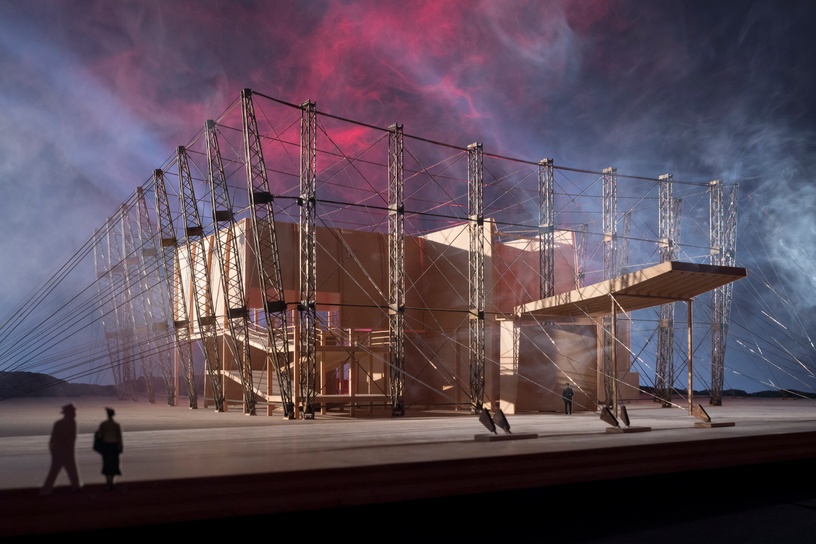
“Stagecraft: Models and Photos” recently was on display at Columbia University. It was commissioned by The Arthur Ross Architecture Gallery at Columbia University’s Graduate School of Architecture, Planning and Preservation (Columbia GSAPP). Stagecraft explored the synergy between architectural models and photography and the renewed relevance of model photography as a wellspring of architectural invention.
James Ewing’s photographs invite a reexamination of how architectural creativity and thinking unfold through the picturing of objects and the crafting of images. Using the Ross Gallery as a photographic studio for several weeks, Ewing experimented with a range of lighting, framing and staging techniques that drew upon his research on the history of model photography. Ewing described his interest in reviving this hybrid mode of architectural representation: “Before the rise of computer renderings, model photography was a really vital part of the ecosystem of architectural representation. There is a strong craft tradition of photographing models – just as there is a strong craft tradition of making models and making buildings. This project was a rediscovery of how those traditions are intertwined.”
Rather than realistic constructions that simulate buildings, Ewing’s images instead offer a meditation on how the intersection of material and visual modes of representation can prompt new ways of seeing, understanding and talking about architecture.
Made by teams of students between 1993 and 2004, the models represented the following buildings:
Le Corbusier, Pavillon des Temps Nouveaux, Paris, France, 1937
Norman Foster, Renault Distribution Center, Swindon, UK, 1982
Gerrit Rietveld, Schröder House, Utrecht, The Netherlands, 1924
Jørn Utzon, Bagsværd Church, Bagsværd, Denmark, 1976
Frank Lloyd Wright, Samuel Freeman House, Los Angeles, USA, 1924
Peter Zumthor, Saint Benedict Chapel, Sumvitg, Switzerland, 1988
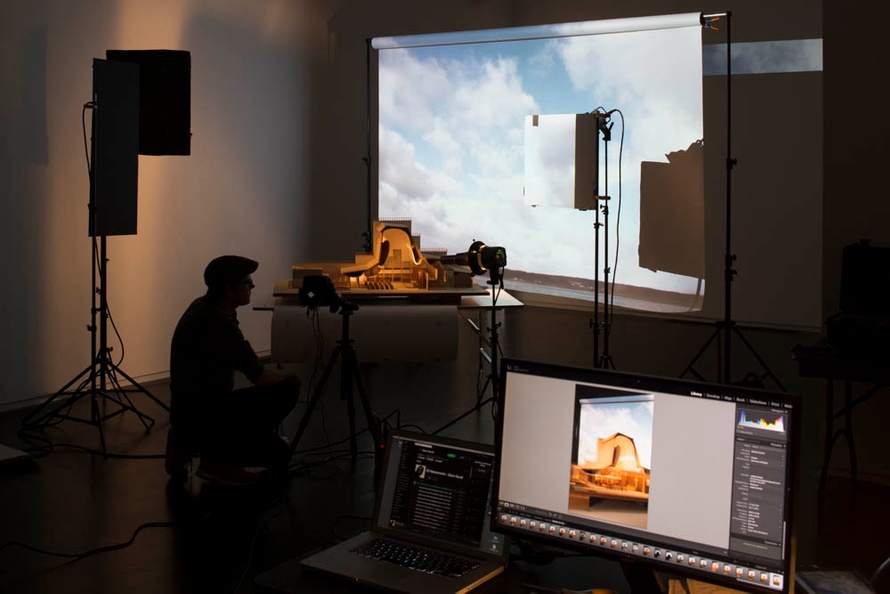
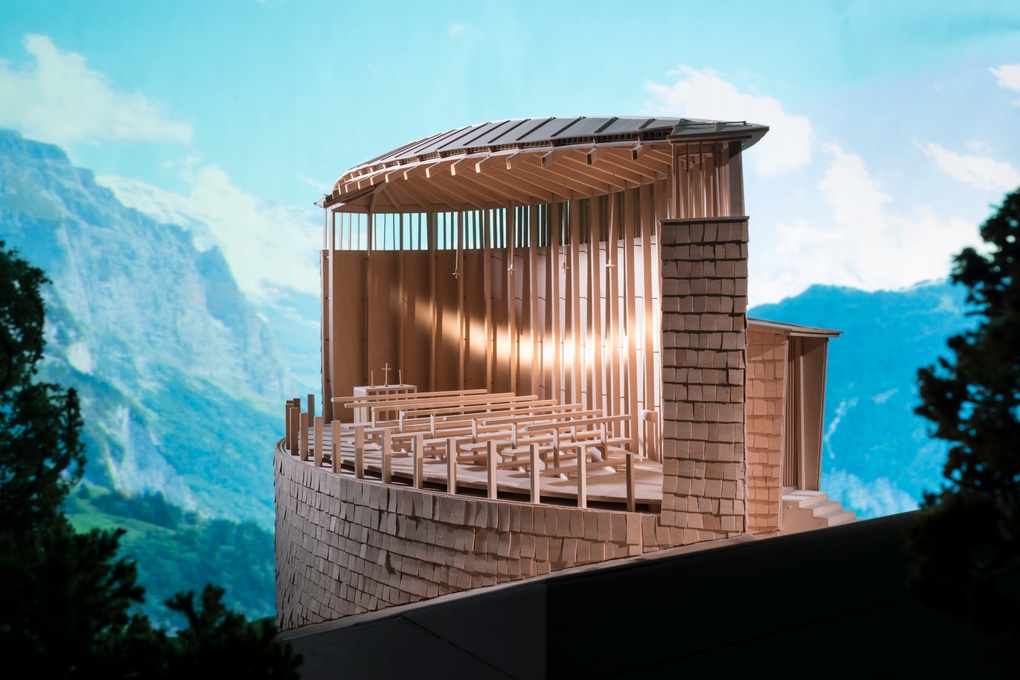
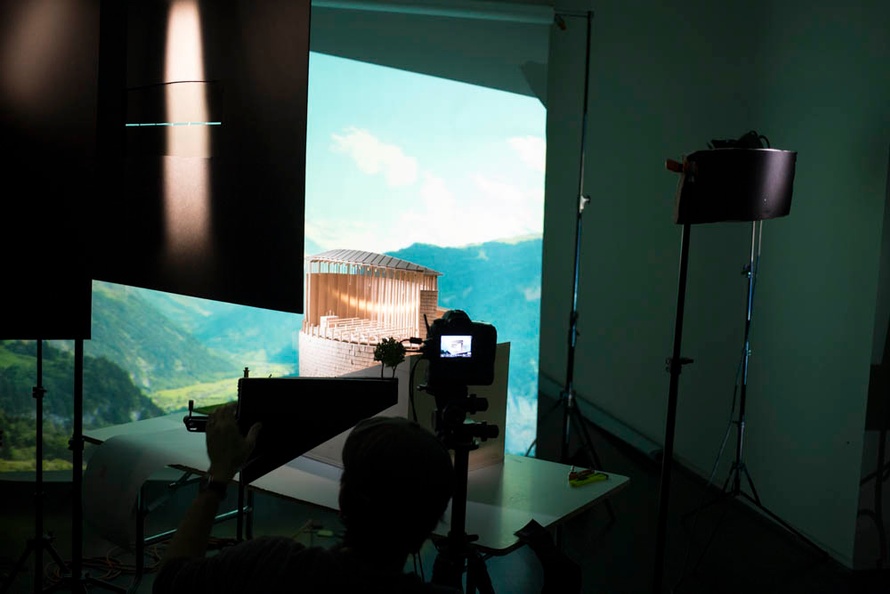
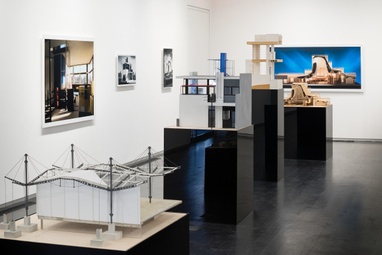

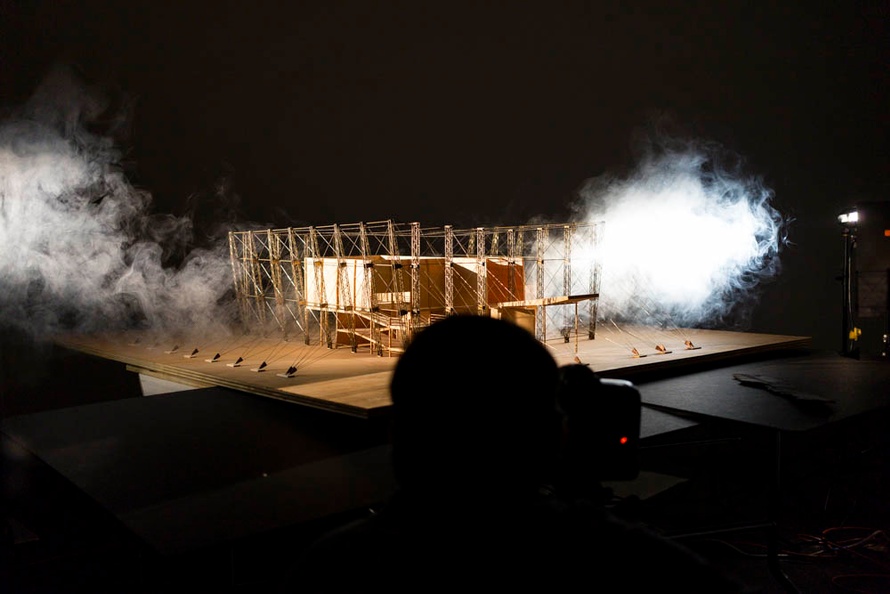
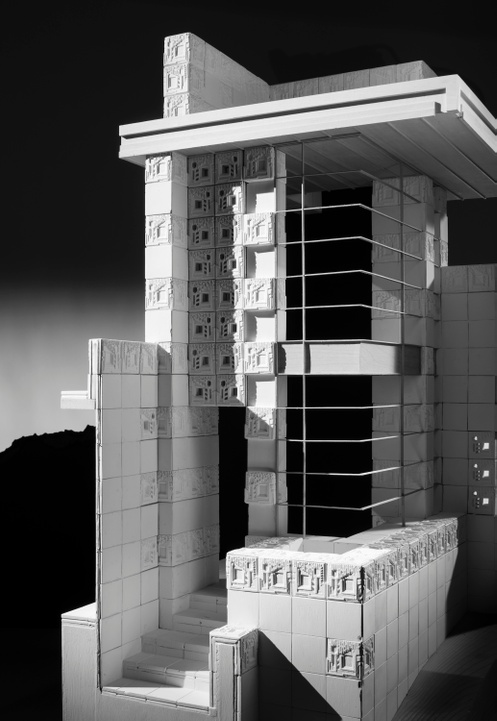
source: Columbia GSAPP
